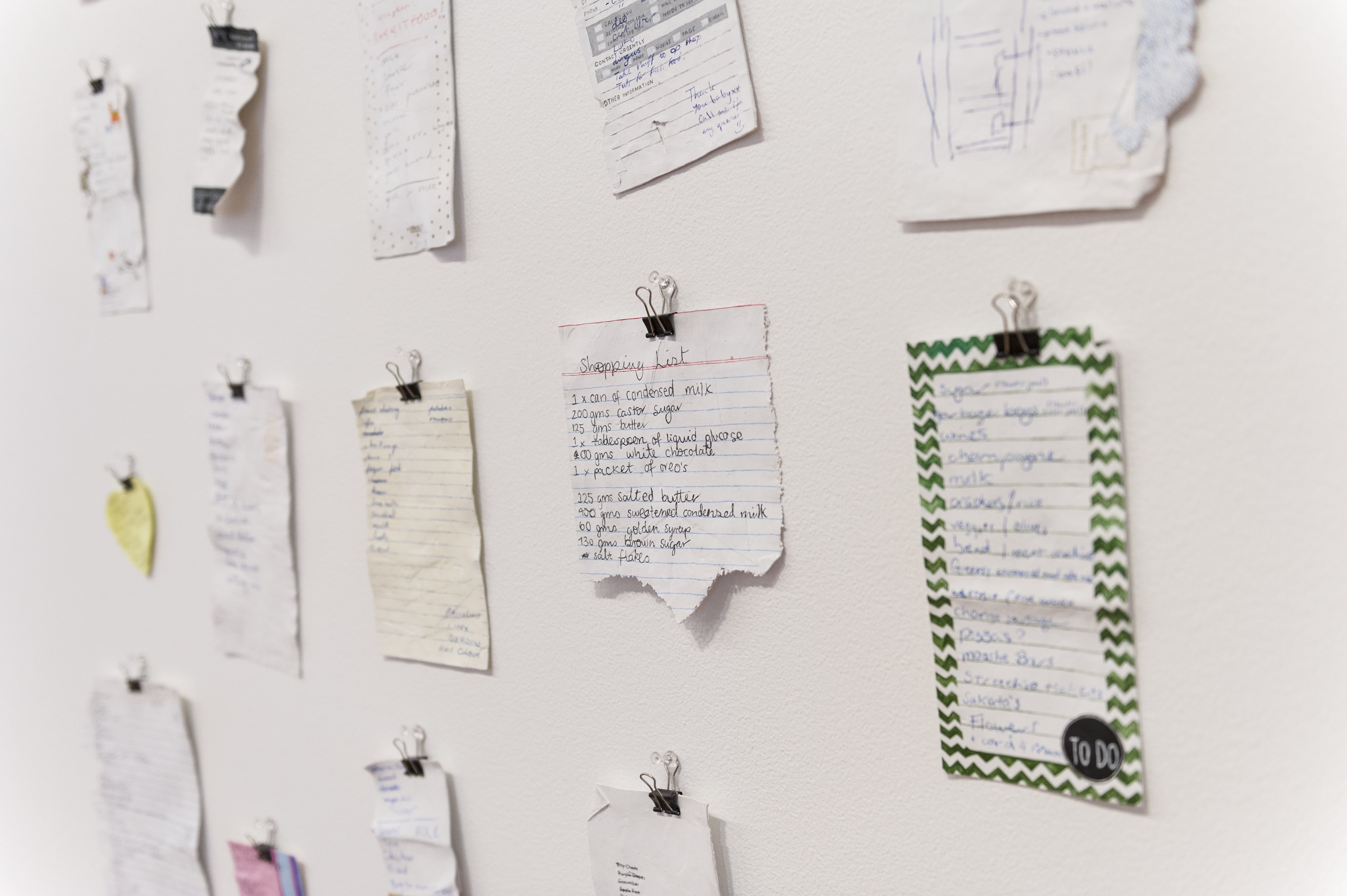
Artists (listed in established-emerging pairings): Zanny Begg and Shivanjani Lal; Damiano Bertoli and Anna Higgins; Jon Campbell and Kenny Pittock; Barbara Cleveland and Get to Work; DAMP and Pitcha Makin Fellas; Diena Georgetti and Spencer Harvie; Agatha Gothe-Snape and Ella Sutherland; David Haines & Joyce Hinterding and Niall Robb; Laresa Kosloff and Jessie Bullivant; Nicholas Mangan and Jamie O’Connell; John Meade and Jethro Harcourt; Dan Moynihan and Georgina Cue; Kusum Normoyle and Eugene Choi; Spiros Panigirakis and Marnie Edmiston; Lisa Radford and Kalinda Vary; Steven Rhall and Kate Ten Buuren; Stuart Ringholt and Kara Baldwin; Daniel von Sturmer and Taree Mackenzie; Christian Thompson and James Tylor; A Constructed World and Amanda Lee Radomi.
Curator: Callum Morton
2017 marks the 21st anniversary of the annual Redlands Konica Minolta Art Prize, a significant milestone for any artistic initiative in Australia. The long-running acquisitive prize show selects twenty established artists each year, who in turn each nominate an emerging artist to participate. Very much celebrating the culture of art making, the prize and exhibition aims to foster professional mentorships, and encourage emerging artists to produce their best work while increasing their visibility in the public sphere.
This year’s guest curator is Callum Morton, Melbourne-based artist and winner of the prize in 2013. Morton takes the concepts of community and conversation, which are already ingrained in the exhibition structure, a step further, by inviting artist groups and collaborations to participate. Yet while the pairings of established and emerging artists are presented side-by-side in the exhibition catalogue, these proposed intergenerational dialogues are not so pronounced in the space of the exhibition.
Shivanjani Lal (selected by Zanny Begg) is a Sydney-based artist and curator whose practice adapts the art of storytelling to create political pieces which embody personal histories – often of the artist or marginalised figures. ‘में यहाँ नहीं हुँ (I am not here), 2017, is a single-channel video projected at a modest scale in which the artist physically erases Australia, India and Fiji from the world map – countries read as her current home, cultural home, and her place of birth. As a cathartic process, this ritual-like erasure is performed to paradoxically renew identity, a subtraction that may allow for a new, self-determined narrative to emerge.
Selected by Jon Campbell, Kenny Pittock won the emerging artist prize with Fifty-two found shopping lists written by people who needed milk, 2016, a collection of shopping lists cleverly rendered as kiln-fired ceramics. Revelling in the banality of grocery shopping, each list has been found and faithfully recreated by the artist (who has a day job pushing supermarket trolleys). The work transforms the discarded scraps of everyday life with a keen comedic sense into what could be the basis for a Seinfeld joke: what’s the deal with shopping lists, anyway…?
A sterile environment of programmed radio and fluorescent lighting, the supermarket is not often a place of social interaction. Rather, it’s a zone in which one quietly goes about their business, dutifully following the list dictated by their past self. Is it odd that we act so anonymously in this public space – even though everyone can see the contents of our private lives through the bars of our shopping trolleys?
The work of emerging artists across the show is particularly strong, but I found SOLO PAUSES (amitié dans deux mondes), 2017, by Eugene Choi (selected by Kusum Normoyle) a distinctly affecting work. Composed of two videos on two screens, one suspended from the ceiling and one rising from the floor like technological cave formations, Choi’s work tackles the ever-changing nature of personal interaction and intimacy. Simply expressed in stark white text on a black screen, snippets of text range from short poetic musings to repurposed lines of online communication that bask in the everyday.
Coupled with the screen-based text work, Choi presents a video of two grasping hands. With only forearms and hands visible, Choi displays an intimate gesture of support or greeting that flips into a scene of struggle. We see tendons strain and taut hands readjusting their grip, never quite coming to equilibrium or a state of relaxation, but never letting go, much like the looping anxious phrases that appear alongside it. Our limited view of the scene clouds the intent: is this action playful or are the performers in a state of distress? Like a misinterpreted text message, SOLO PAUSES is seemingly always at odds with itself – residing in the tension between touch and distance, familiar and foreign modes of connection.
Con Gerakaris is an early-career curator, writer and arts administrator who holds a Master of Art Curating from the University of Sydney.
